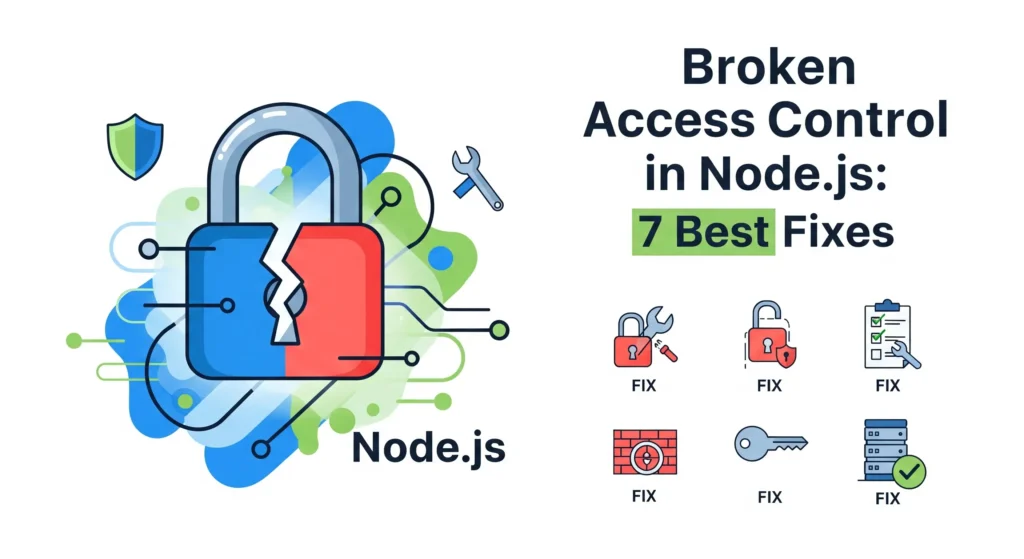CVE-2025-59489 Unity Mitigation: Secure Your Build Pipeline
CVE-2025-59489 Unity Mitigation: Secure Your Build Pipeline If you ship Unity-based apps or games, treat CVE-2025-59489 as a supply-chain event. Your priorities are: (1) rebuild/publish with fixed Unity Editor lines, (2) harden the CI/CD path so this class of unsafe file loading (local file inclusion) can’t reappear, and (3) prove your fleet is clean. This […]
CVE-2025-59489 Unity Mitigation: Secure Your Build Pipeline Read More »









